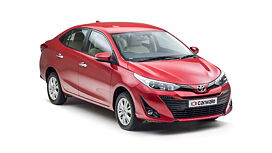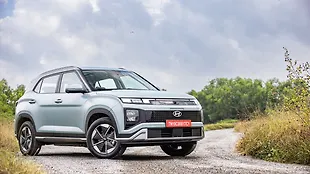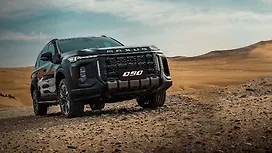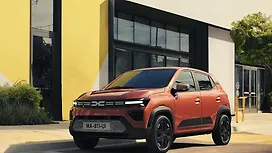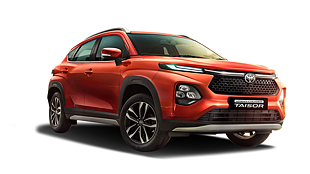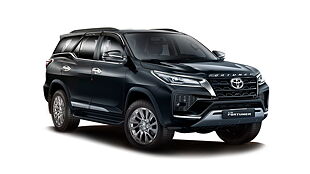Introduction

Touchscreen systems today have become a crucial element in the features list of most modern cars. Call it, if you will, entertainment, or just a way to make a cleaner appearance on the dashboard.
Wait…
This feels like Déjà vu. I feel like I have written this somewhere else before…
Oh yeah I did.
These lines will seem familiar because that’s how my previous comparison test started. This time we’re back with a new touchscreen comparison test and it is for cars in the price range of Rs 10 lakhs to Rs 16 lakhs. We have picked eight cars (and therefore eight touchscreen systems) run them through a NEW 400 point scoring system and what you see below is the result of our frankly, massive endeavour. Listed below in this story is the background to what we have done, how we did it and of course what we found.
How did we do this?
We’ve used a new 400 point scoring system and picked up four parameters with 100 points going to each of the parameters. The points have been divided on a 160-240 basis with the former being awarded on the basis of what is provided by the manufacturer. The 240 points are subjective and have been awarded based on the discretion of the tester.
1. Screen size
2. Features
3. Ergonomics
4. Software

Screen Size
In this section, we have looked at screen size, display quality and most importantly, visibility of the screen in direct sunlight.

Features
The features section is the heaviest in terms of direct points and looks at elements like navigation, Reverse camera, phone connectivity, emergency assist as well as media input options.

Ergonomics
Whereas the features section relies heavily on direct points, the ergonomics sections is the most subjective one as its entire test criteria is based on the discretion of the tester. Here we looked at items like angle and placement on dashboard, size of buttons as well as touch and feel.

Software
This is the other subjective section and looks at elements like the graphics, ease of use as well as speed of the infotainment system.
This test criteria is fairly different from the one we used in our previous test as we decided to create one system to judge them all. This means, in the future, we could apply the same criteria without any modifications to judge the infotainment system on luxury cars inching closer to the Rs 1 crore mark as well as newer models that would compete with the cars from our previous test.
One of new tests that we have included is a sound quality test. We did this by neutralising the EQ settings and playing Bohemian Rhapsody by legendary British band, Queen. The magic of Bohemian Rhapsody is that it has a complete set of highs and lows in the instruments and vocals which makes it a comprehensive benchmark for our test. We also expanded the numbers of items under the features section to cover a wider range options.
The contenders

Rs 16 lakhs (ex-showroom). That was our upper limit for this test. It’s a part of the car market that has suddenly seen a major spurt in action over the last few years with the most obvious one being the change in buyer preference from sedans to SUVs. This is the entry-point for those looking to make the leap from A-segment and B-segment cars and what you see in the photos are some of the major players in this price bracket.
Behind the scenes

You know the cars and the test criteria but what about the faces behind the scoring? Well, this is the testing team as well as our photographers, Kapil Angane and Kaustubh Gandhi, whose work you see in the photos. We’ve also added some behind-the-scenes photos to give you an idea of the effort that went into conducting, photographing and putting together this test.
Who placed where?

Well, that’s what our next two stories are all about. In the first story, we have spoken about the cars with rankings beginning from 8th to 5th.

Part two, of the test, is about cars that secured ranks beginning from 4th to 1st and obviously why and how they were graded thus.
Photos Kapil Angane & Kaustubh Gandhi

